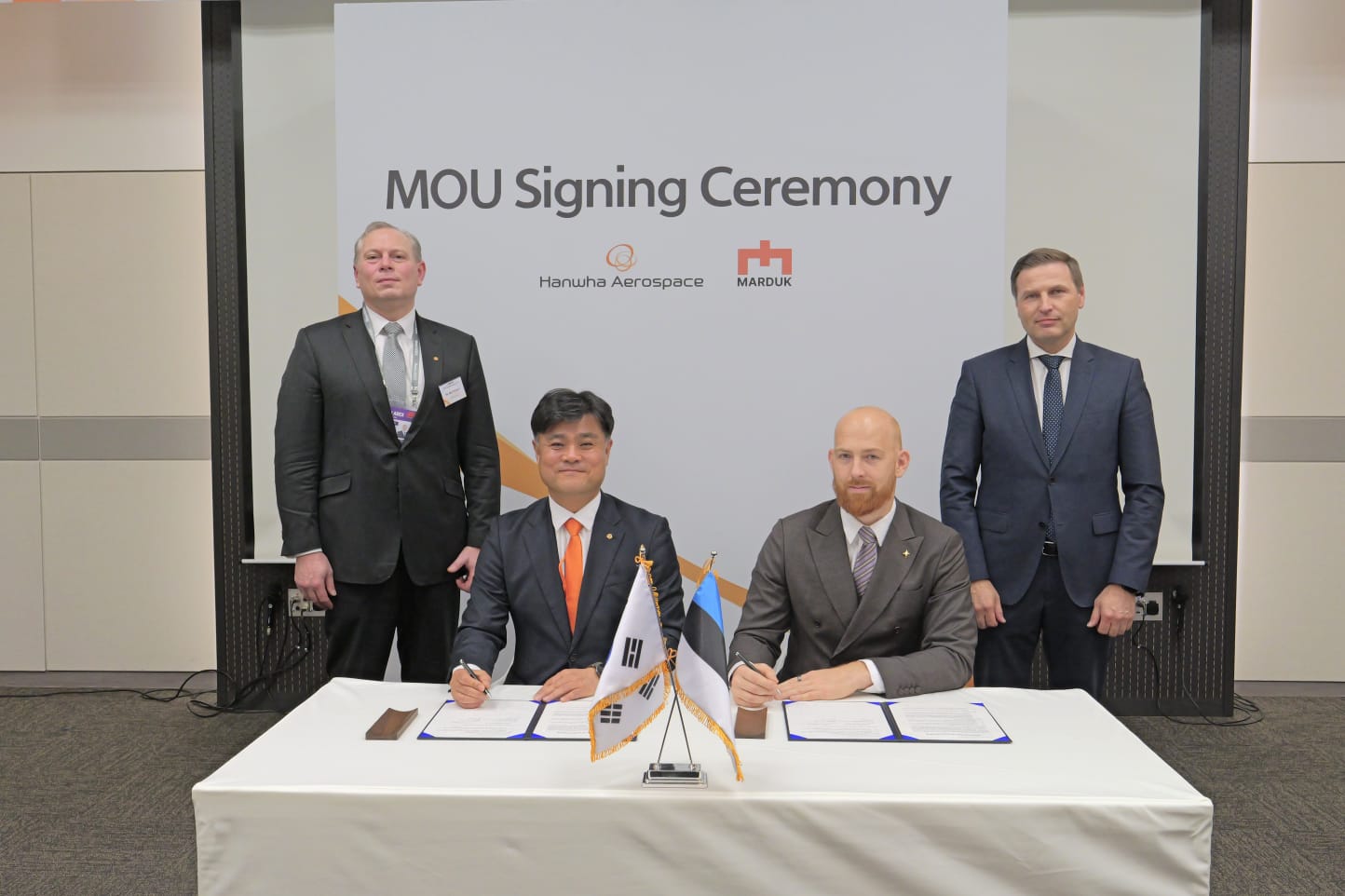
Marduk at DiBaX 2025 – Strengthening NATO’s Digital Backbone with Passive Optical CUAS
2 min readMarduk took part in NATO’s DiBaX 2025 in Latvia, showcasing our passive optical C-UAS technology.
The i9 is the UK’s first drone that can fly indoors while carrying heavy weaponry. In the US, Duke Robotics recently released a military UAS octocopter drone that can carry heavy weaponry.
According to the Campaign to Stop Killer Robots, the “US, China, Israel, South Korea, Russia, and the UK are developing weapons systems with significant autonomy in the critical functions of selecting and attacking targets.” The organisation says fully autonomous weapons lack the necessary human judgement for these kinds of operations, and it could make the decision to go to war easier and “shift the burden of conflict even further on to civilians.”
It's not far in the future when non-state actors are also developing drones together with elementary artificial intelligence (AI). The combination of drone expertise and AI skills could allow terrorist groups to acquire or develop semi-autonomous weapons. This will increase their capacity to create quick ad-hoc attacks anywhere in the world.
These trends also require new and different methods for counter drone strategies. We believe that one of the key performance metrics for counter drones will be speed and precision. At the moment most precise methods require optical detection and using lasers to disable drones.


Marduk took part in NATO’s DiBaX 2025 in Latvia, showcasing our passive optical C-UAS technology.

Marduk Technologies signs MoU with Hanwha Aerospace at ADEX 2025 to advance C-UAS technologies and explore joint defence R&D opportunities.

Marduk Technologies recently showcased its SHARK system at Sweden’s GUTE C-UAS trials on Gotland, demonstrating advanced passive drone detection and targeting in real-world conditions.